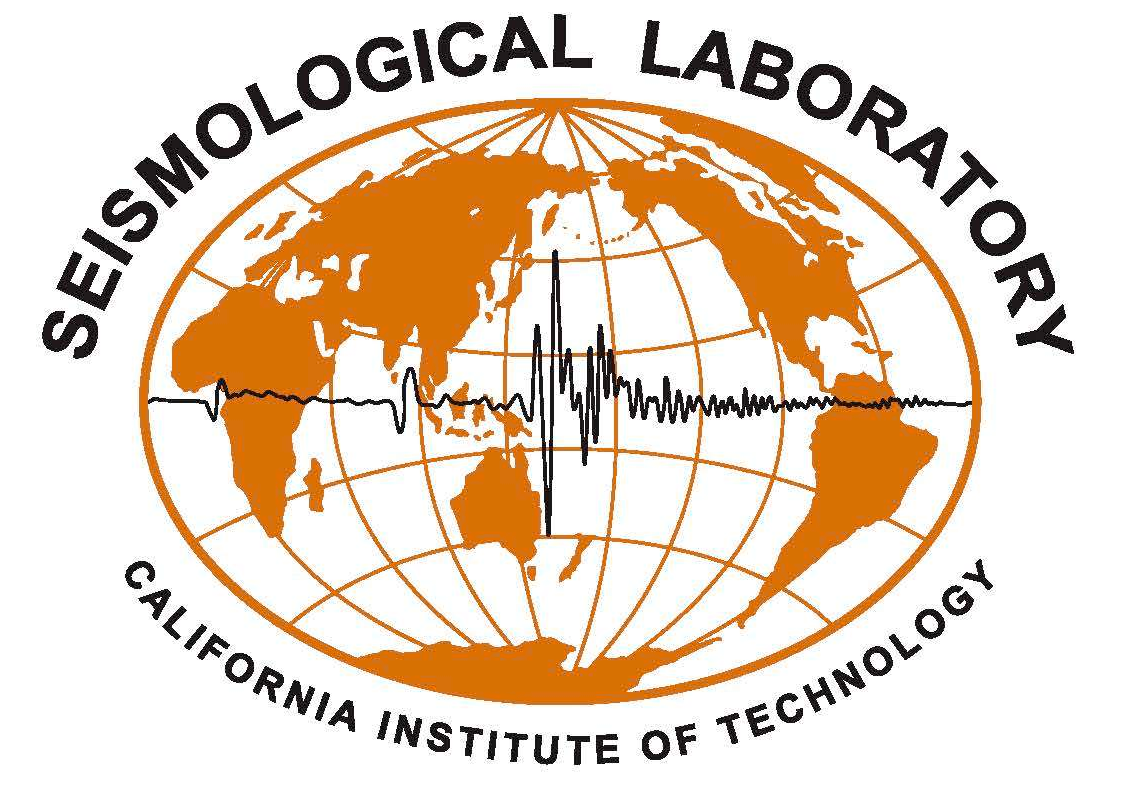Last updated July 31st, 2020
Event
- 30 Jul 2020 04:29:29 PDT, (34.302, -118.438), depth 8.8km.
- 1km SE of Sylmar, California, near the neighbourhoods of San Fernando and Pacoima.
- Shaking was widely felt within the greater LA metropolitan area, with peak shaking estimated as MMI VI (strong) for those in the epicentral region and maximum recorded instrumental intensity of MMI V (moderate). Moderate shaking was recorded in the San Fernando valley, weak shaking throughout LA and light shaking out to Riverside, Long Peach, Oxnard and Palmdale.
- No damage would be anticipated for this earthquake.
Aftershocks
- As of 31 Jul 2020, 03:42PM PDT, there have been 94 aftershocks recorded.
- The largest was M3.8 (smallest M0.7).
- We have recorded 2 events of M≥3 and 14 events of M≥2.
- More aftershocks may be expected in the next few days, the largest expected is approximately 1 magnitude unit smaller than the mainshock.
- There is a small chance (about 5%) that a larger quake could occur, with the likelihood decreasing over time.
Historical Seismicity
- Since our records began in 1932 we’ve had 108 events of M4 or greater within 10km of today’s event.
- The largest historic event was M6.7 on 17 Jan 1994, the Northridge earthquake.
- This earthquake was also near the rupture of the M6.7 San Fernando earthquake.
- Recent historic events include M4.4 on 17 Mar 2014 (to S) and M4.2 on 1 Sep 2011 (to NW).
Faults
- CFM fault associations: most likely Mission Hills fault (27%). Alternates: Other CFM faults (73%).*
- Nearby faults: Sierra Madre fault zone, San Fernando section (Sylmar fault) (0.2 km), Sierra Madre fault zone, San Fernando section (0.8 km), Sierra Madre fault zone, San Fernando section (Mission Wells fault) (1.3 km), Sierra Madre fault zone, Santa Susana section (2.0 km), Sierra Madre fault zone, San Fernando section (Reservoir fault) (2.4 km), Sierra Madre fault zone, San Fernando section (Tujunga fault) (2.6 km), Sierra Madre fault zone, Santa Susana section (North Olive View fault) (2.8 km), Mission Hills fault zone (Mission Hills fault) (3.1 km), Sierra Madre fault zone, Santa Susana section (Olive View fault) (3.3 km), Sierra Madre fault zone, San Fernando section (Hospital fault) (3.6 km), Sierra Madre fault zone, Santa Susana section (Santa Susana fault) (3.7 km), Sierra Madre fault zone, San Fernando section (Kagel fault) (4.6 km), Sierra Madre fault zone, San Fernando section (Lopez fault) (4.9 km), Sierra Madre fault zone, San Fernando section (Buck Canyon fault) (5.4 km), Sierra Madre fault zone, San Fernando section (Lakeview fault) (5.5 km), Sierra Madre fault zone, San Fernando section [Lopez (Little Tujunga) fault] (6.6 km), San Gabriel fault zone, Newhall section (San Gabriel fault) (6.7 km), San Gabriel fault zone, Newhall section (Dillon fault) (7.0 km), San Gabriel fault zone, Newhall section (Demille fault) (7.0 km), Mission Hills fault zone (Granda Hills fault) (7.0 km), Sierra Madre fault zone, San Fernando section (Buck Canyon-Watt fault) (7.0 km), Whitney fault (7.2 km), San Gabriel fault zone, Honor Rancho section (Placerita fault) (7.6 km), San Gabriel fault zone, Honor Rancho section (San Gabriel fault) (7.6 km), Northridge Hills fault (8.3 km), Sierra Madre fault zone, San Fernando section (Sunland fault) (10.1 km), San Gabriel fault zone, Newhall section (Gold Creek fault) (12.6 km) and Simi-Santa Rosa fault zone, Simi-Santa Rosa section (Simi fault) (14.9 km).**
- The source mechanism indicates strike-slip motion on a west-southwest striking near vertical fault. This suggests the nearby major thrust fault systems were not responsible.
Additional Information
- Links for: USGS earthquake page, ShakeMap, DYFI, waveforms.
- Visit our special reports page for further information on local notable earthquakes.
Below are the waveform data associated with this event, as recorded in our Live Seismograms Feed.
*Earthquakes can occur both near or on major known faults, and in places where no clear fault zones are known. Using the statistical method of Evans et al. (in prep. 2019) the location and
focal mechanism of this earthquake suggest the above association with modeled faults in the Community Fault Model (CFM) provided by the Southern Califor
nia Earthquake Center (SCEC) and Harvard University. Note that the CFM fault association may be different from the nearby faults list. Differences may arise due to different fault databases, and because the CFM fault
association uses the hypocenter with relation to subsurface 3-dimensional fault orientation models, while the nearby faults list utilizes mapped surface traces as they relate to the epicenter.
CFM Fault: SCEC
CFM 5.0 Fault name and closest segment if available; The CFM is maintained by Harvard University, Dept of Earth & Planetary Sciences.
Probability: The probability in percent the earthquake is associated with th
is fault.
SCSN: Caltech/USGS Southern California Seismic Network
**U.S. Geological Survey and California Geological Survey, 2006, Quaternary fault and fold database for the United States, accessed 2015, from USGS web site: https://earthquake.usgs.gov/hazards/qfaults/
This information is subject to change as more up-to-date data become available.






